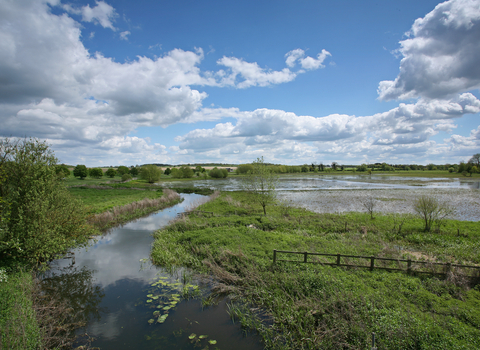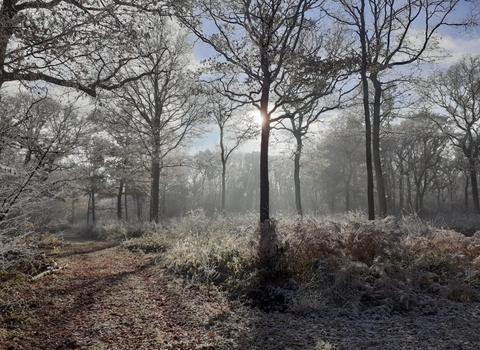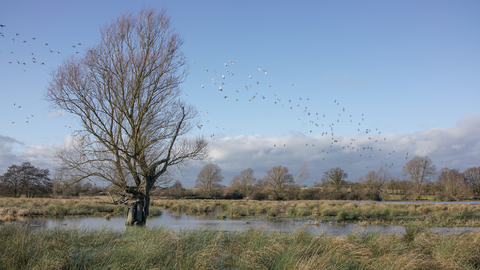
Scrape at Black Bourn Valley nature reserve.
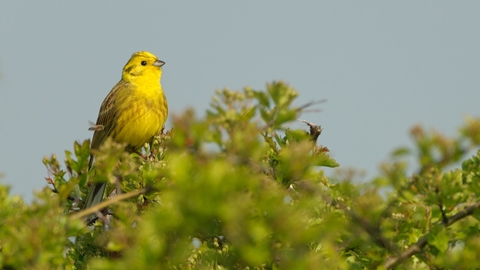
Yellowhammer - Chris Gomersall/2020VISION
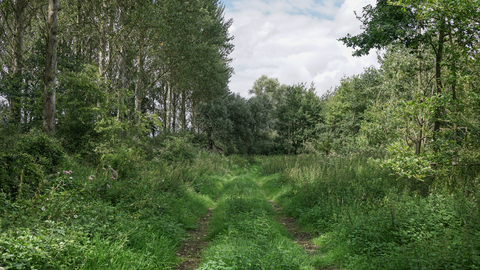
By Steve Aylward
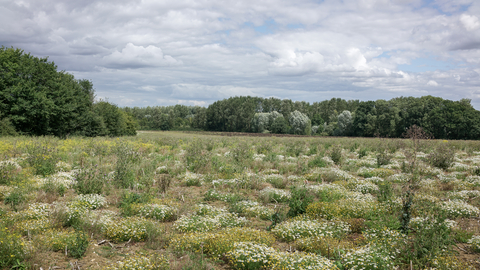
Black Bourn Valley by Steve Aylward
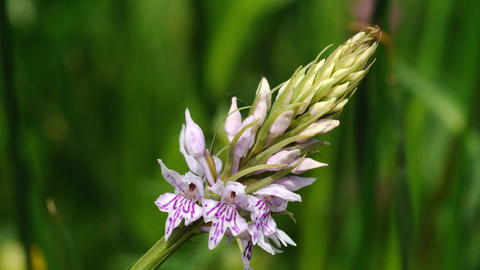
Common spotted orchid - Amy Lewis
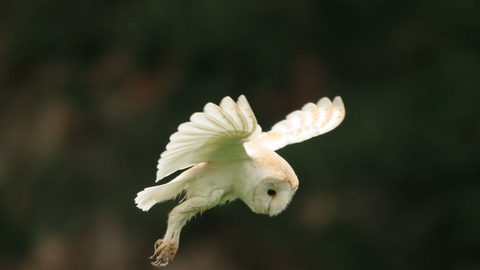
Barn owl - Margaret Holland
Black Bourn Valley Nature Reserve
Location
Know before you go
Dogs
When to visit
Opening times
Open at all timesBest time to visit
April to AugustAbout the reserve
Suffolk Wildlife Trust has been ‘wilding’ the Black Bourn Valley by taking fields out of arable farming and allowing nature to take over. The first field was left over twenty years ago and is now an impenetrable thicket of hawthorn, blackthorn and dog rose – perfect for blackcap and other warblers in summer and flocks of redwing and fieldfare in winter. In open grassy patches pyramidal and common spotted orchid have sprung up of their own accord as well as plants such as common centaury.
Near the riverside meadows land too wet for farming has been fenced off and lightly grazed by cattle. A series of new ponds have been created and left to regenerate naturally. Thanks to monitoring by volunteers, 17 Nationally Notable and Local Notable aquatic invertebrates have been identified as well as the Nationally Scarce Tassell Stonewort. The Freshwater Habitats Trust has designated the reserve a Flagship Pond Site because of its rich variety of ponds.
The success of nature in reclaiming these ‘wilded’ areas led to the decision to cease arable farming altogether in 2017. Fields have been left to revert naturally and at present are dominated by plants such as bristly oxtongue and thistle which attract yellowhammer, linnet and goldfinch while skylark can be seen hovering above the open fields.
Over time, grasses will become more dominant and bramble and scrub creep in from the adjoining hedgerows. The underlying soil conditions are revealing unexpected patterns of development and so creating a mosaic of transitional habitats from open grassland to dense stands of scrub. Reptiles such as slow worm and grass snake have colonised these new habitats.
Alongside the Black Bourn the riverside meadows are lightly grazed and new wetland habitats have been created. In winter the waters of the Black Bourn once again spill out across the meadows - as it would have done for generations –attracting flocks of teal and gadwall and feeding snipe on the watery edges. If you are very lucky you might even spot a secretive otter sometimes seen on the grazing marshes and ditches.
We will continue to monitor the changes at Black Bourn Valley but the benefits of giving nature more space are clear. Former arable fields can become rich in wildlife when nature is allowed to take the lead. Such an approach could help reverse wildlife declines across intensively farmed landscapes.

